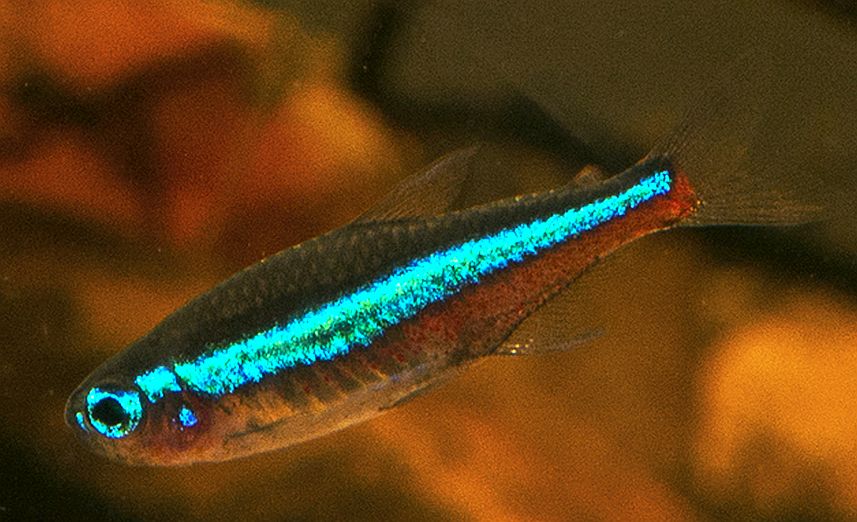

The red plant section is where the river passes over a laja, so there are no tall trees and subsequently no shade, and the water is very shallow at a maximum of 60cm in depth.

When you look at the plant it looks like Eleocharis but in the dry season when it blooms, its flower seems to be of the Xyris genus, only with a white flower instead of a yellow one. This is the only place where we have found these plants - they seem to be endemic to this specific seventy metre spot. It’s a small stretch of the stream about seventy metres long by eight metres at its widest, containing red aquatic plants that look like red hair. The red plant section is the most interesting habitat for me. A Green Neon biotope in all its glory.TURQUOISE IN THE RED We name the uppermost section the ‘savanna pools’, a little bit lower is the ‘Neon Tetra Pozo’, then the ‘red plants’ section and last, the ‘Picantonal Lagoon’. “The pineapples from this area of the Amazon are the sweetest. In the deeper pools it even develops a light blue tinge.Īlipio takes the opportunity to repeat himself, reminding me: Its water comes out of the ground in a spring filled with Morichal palm trees, Mauritia flexuosa, with a pH below 5.0, KH of less than 20mg/L, a GH of less than 10mg/L, and a temperature around 26 to 28☌. The Picantonal River is narrow and short, around eight miles long, born right between the east and west Picantonal inselbergs and drains into the Orinoco River. We climb down and head to the Picantonal River, at the bottom of the valley some half a mile away. We sit on the black rough rock, set up the gear and smile we both know we are privileged, but just being here carries some deep spiritual significance. We get to the edge of the tall inselberg, and retrieving our gear we start to climb until we have a great view of the valley.

Each of them is bedecked with exotic endemic plants like Vellozia tubiflora and Tabebuia orinocensis. These lajas are actually the tips of buried inselbergs that erosion has still yet to uncover. We off-road through a sandy savanna that is covered in Trachypogon grass and over the rocky lajas (pronounced ‘la-has’). Inselbergs, which translates to ‘island mountains’ are massive hills or mountain-like granite uplifts,Įach made of one rock.INTO THE SANDS Our first task of the day is to photograph the sunrise from a high spot, to formally record the terrain, and so we decide to climb the Picantonal Western Inselberg. At this time of the year the scent is a mixture of wet tobacco, alongside the sap and bark medley of locally chopped wood.
Green neon tetra windows#
We are the only car driving along the dark, precarious road, and with the windows down the sweet smell of jungle is always present. While it is not so far away from the town of Puerto Ayacucho, we do still have to take ourselves off-road and a couple of miles deep into the bush.

This sultry morning, we are driving north to the indigenous community of Picantonal. He’s an incredible asset to my explorations, and while he’s with me things get done correctly. He’s one of those people fortunate enough to be gifted with great memory, as well as an innate understanding of how nature works. It’s 4:30am and still dark, warm and humid as it usually is in the Amazonas State in Venezuela.Īs we drive away from Alipio’s house we start to discuss what I want to accomplish with the day.Īlipio, an Amazon- born and river-reared aquarist, is as excited as he always is to go on this new aquatic adventure with me. With that brief exchange, we head off into the early hours of the morning. “Good morning Alipio, I did not know that. Did you know that we have the best pineapples here in the Amazon?”


 0 kommentar(er)
0 kommentar(er)
